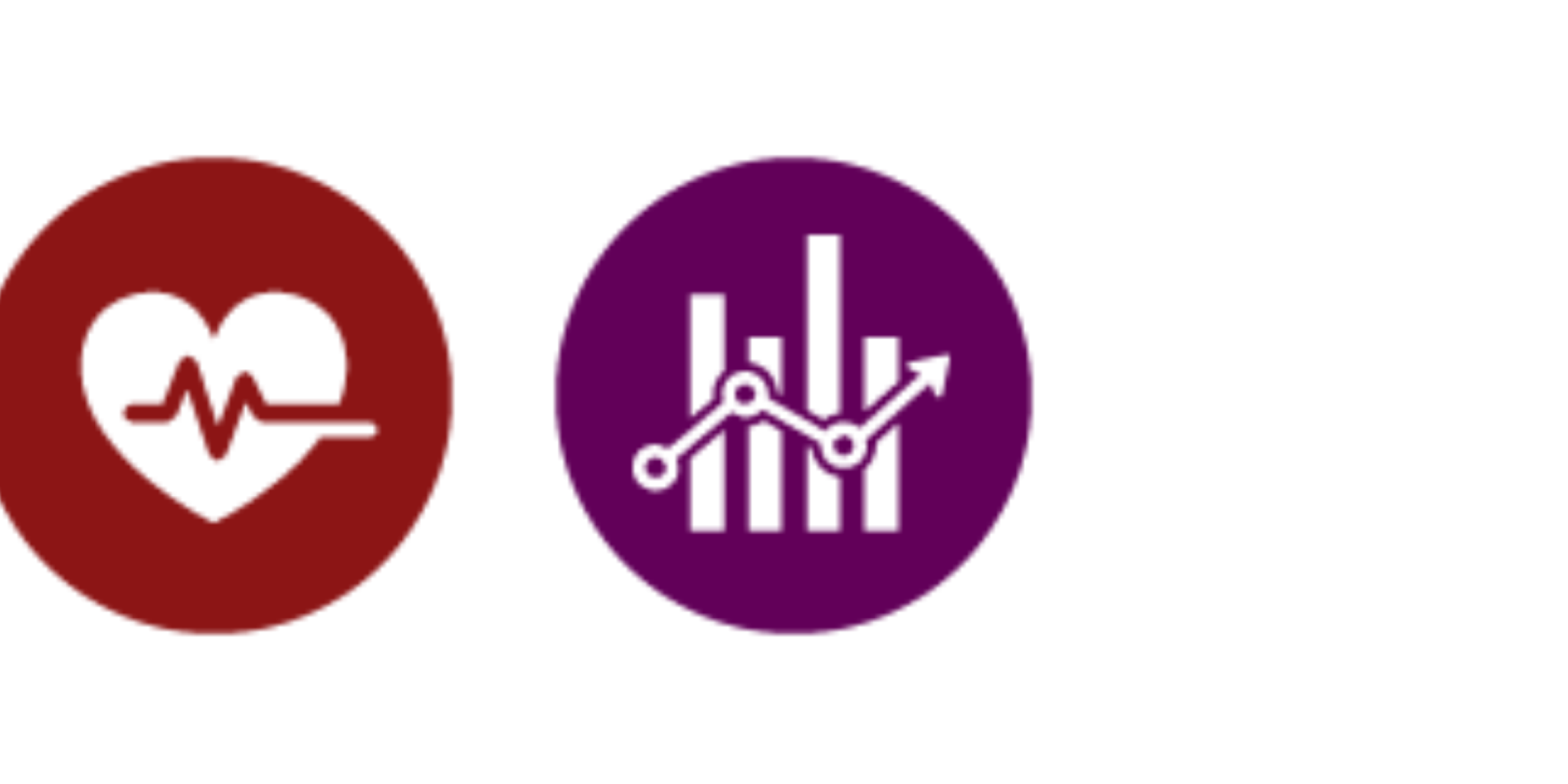Q&A with King Center Predoctoral Fellow Diego Tocre
Diego Tocre was a predoctoral fellow at the King Center as a member of the inaugural cohort, from 2021 to summer 2023. His research interests span political economy and development economics. In August 2023, he is starting his PhD program at Columbia University.
Tell me a bit about yourself and your background. What were you doing before coming to Stanford and what drew you to apply for the Predoctoral Fellows Program at the King Center?

I did my undergraduate studies in economics at the Universidad del Pacífico, in Lima, Peru. After graduating in 2019, I worked as a research assistant in Lima for a year and a half. Then, by the end of 2020, I decided to apply to the predoc program because I felt I needed more exposure to academic research before going to grad school, and it would also be a great opportunity to take courses. Now I can happily say that indeed this was a very good decision because it helped me confirm that I want to go to academia and explore my current research interests.
Which King Center initiative did you work on and what global development challenge is it aiming to tackle? What was your role on the team?
I worked with Professor Saumitra Jha on the Conflict and Polarization Initiative, and Professors Saad Gulzar and Soledad Prillaman from the Inclusive Democracy and Development Lab. My role on both teams was usually data collection and analysis, but I was lucky to be involved in all the different stages of research, from refining new research ideas and testing hypotheses to writing papers and revising submissions to journals.
With Professor Jha, I worked on two projects. For one of the projects, we sought to understand how indigenous communities following the Conquest of Mexico were able to benefit from the production of a valuable red dye—extracted from a little bug called cochineal—that was not easy to replicate or expropriate. Indigenous entrepreneurs growing the cochineal and Spanish authorities providing access to the market is an example of how inter-ethnic complementarities can be crucial for the development of vulnerable communities even under the threat of violent expropriation. For the second project, we studied how satisfaction with democracy has been declining in Latin America and what is the role of an increasing perception of corruption in explaining this pattern. We found that a higher perception of corruption does decrease satisfaction with democracy, and that this spills over to less trust in politicians and other citizens, as well as higher incidence of violent protests.
With Professors Gulzar and Prillaman, I worked on projects related to the electoral representation of marginalized groups in developing countries. The first project was studying a political scheme in rural India where a village leadership position may be reserved to women and people from marginalized castes. Under that scheme, we tried to understand what is the role of permanent versus temporary reservations on increasing representation for the least represented.
What did you learn from working on a research team with faculty members, graduate students, and other researchers?
I think the most important thing I learned—and that I am still learning—is related to the creative process behind starting a research project and the first steps to approaching it. It is very important for researchers to brainstorm ideas and find out which topics we like and which questions are still left unanswered, and after that, it is crucial to have the confidence to embark on the project. Exposure to the projects I worked on with my mentors has helped me a lot in this regard.
Were there any other research projects you were involved in while at the King Center? What did you learn from that work?
For the graduate class Political Development Economics I took this past winter quarter with Professor Jha, I proposed studying the aftermath of Peruvian armed conflict between the Peruvian government and the Shining Path and its effects on voters’ political preferences. I received encouragement from Professor Jha to continue exploring that idea after submitting a proposal, which I have continued to work on for a couple of months now.
For another class, I submitted another research proposal that I am now working on jointly with Professor Soledad Prillaman and two Stanford PhD students. This project tries to shed light on how political reservations on gender and caste improve representation when these are not only set at one government level but multiple ones (e.g., at the village level but also at the subdistrict level).
In these projects I have learned a little bit about the process of coming up with research ideas and what are the initial steps to exploring them.
As part of your predoc fellowship, you were able to take classes at Stanford. What was your favorite class or the one you felt you learned from the most?
I took two classes that were my favorite: Political Economy and Political Development Economics. In the former, I learned the foundational frameworks on political economy (e.g., accountability, median voter theorem) and in the latter, I learned how to apply those ideas to development. Political Development Economics was also a special course because one of my mentors, Professor Jha, was the instructor so there was a more direct link between what I learned in class and the research I was working on.
How would you describe the research community at the King Center and Stanford? How did you connect with other predocs and researchers on campus either through your research projects or outside of them?
The communities I was most involved with were the predocs at the King Center and SIEPR, as well as the development group at the economics department. Both were very welcoming groups, and I am glad to have made many friends here. Connecting with predocs was relatively easy because we share the same building and even the same floor, so we see each other almost every day. And connecting with PhD students and faculty from the Econ department was basically through the weekly Development seminars in which students and faculty share with us their ongoing research.
What advice would you give for incoming predocs to the King Center or others beginning predoctoral fellowships?
For incoming predocs to the King Center, my advice would be to make the most out of student life at Stanford. Despite not being grad students yet, this is a great opportunity to take classes and familiarize yourself with how high-quality research is conducted. This is also a great place to decide whether research is a good fit for you and whether you’d like to spend at least five years of your future doing this work. Finally, I would emphasize on how important taking classes here can be before applications; I believe that if I didn’t take the classes I took I wouldn’t be headed to the grad school I am headed to.
Where are you headed next? How did participating in this fellowship program inform your future plans?
I am headed to the PhD program in economics at Columbia University. Again, I think that being able to take classes at Stanford, such as real analysis and second-year PhD courses, was crucial for this. But even more important was learning from my faculty mentors and establishing a good relationship with them—which was very easy given how friendly and welcoming they are. Their help during these two years and especially during the application season was fundamental. And I am also super thankful to our student mentor Nina Buchmann, who made the transition to being a predoc much easier and shared with us many important tips on how to make the most out of this experience.



